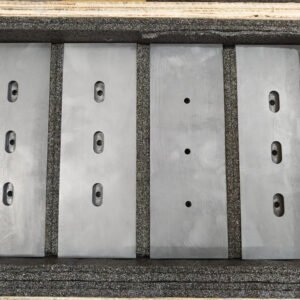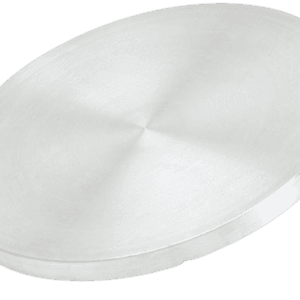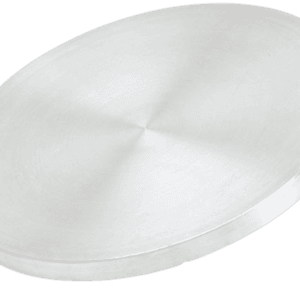Manganese Tin Sputtering Target Description
Manganese-Tin sputtering targets are distinguished by their exceptional performance, particularly within the semiconductor and electronics industries. These targets are renowned for their outstanding electrical properties, making them ideal for thin film deposition processes and ensuring reliable, efficient manufacturing of electronic components.
The alloy of manganese and tin provides remarkable chemical stability, maintaining consistency throughout the thin film preparation process. This unique combination not only offers excellent chemical stability but also allows for adjustable physical properties. This adaptability makes Manganese-Tin sputtering targets versatile for a wide range of thin film deposition applications.
Their ability to precisely control physical properties enhances the performance and functionality of thin films across various high-tech industries, including electronics and semiconductors. Manganese-Tin sputtering targets are essential for supporting advancements in these fields, contributing significantly to the development of cutting-edge technologies.
Related Product: Manganese Sputtering Target, Manganese Oxide Sputtering Target
Manganese Tin Sputtering Target Specifications
| Compound Formula | MnSn |
| Appearance | Grey Target |
| Available Sizes | Dia.: 1.0″, 2.0″, 3.0″, 4.0″, 5.0″, 6.0″ Thick: 0.125″, 0.250″ |
Manganese Tin Sputtering Target Handling Notes
Indium bonding is recommended for Manganese-Tin sputtering targets due to their characteristics that can pose challenges during sputtering, such as brittleness and low thermal conductivity. This material’s low thermal conductivity and susceptibility to thermal shock make indium bonding a suitable choice to improve stability and performance during the sputtering process.
Manganese Tin Sputtering Target Application
Semiconductor Manufacturing: Manganese-Tin sputtering targets are highly valued in the semiconductor industry for their excellent electrical properties, making them ideal for thin film deposition. They facilitate the efficient preparation of electronic components and integrated circuits.
Magnetic Thin Film Preparation: The combination of manganese and tin in these targets is particularly effective for creating magnetic thin films, which are essential for applications in magnetic storage, sensors, and other magnetic devices.
Electronic Device Manufacturing: In the production of electronic devices, Manganese-Tin sputtering targets are extensively used to prepare thin films that enhance the performance and stability of electronic components.
Optical Applications: These targets are crucial in the production of optical coatings, enabling the creation of thin films with specialized optical properties for applications such as filters and lenses.
Manganese Tin Sputtering Target Packaging
Our Manganese-Tin sputtering targets are meticulously managed throughout storage and transportation to ensure they retain their quality and arrive in optimal condition.
Get Contact
TFM’s Manganese-Tin sputtering targets are available in a range of forms, purities, and sizes. We specialize in producing high-purity physical vapor deposition (PVD) materials with maximum density and minimal average grain sizes. These targets are designed for use in semiconductor applications, as well as in chemical vapor deposition (CVD) and PVD for display and optical technologies.





Reviews
There are no reviews yet.